For many children, attending preschool or kindergarten is their first real exposure to a formal learning environment. They might be transitioning from home for the very first time, and as you can imagine, they might be overwhelmed when initially walking into a classroom.
This is why the design of the learning space is very important. The right kind of physical environment can help children transition into learning at the start of the day. Release from the caregiver into the care of another adult is significant. Children often have separation anxiety, and the learning environment can support this transition in a healthy way.
For instance, the learning space should be warm and inviting, with soothing colors and comfortable furnishings.
Years ago, you would often see bold shades of red, yellow, blue, green, and orange in early learning spaces; today, it’s much more common to see softer, more muted tones, such as lighter blues, grays, and browns. Purple colors tend to be lavender or lilac instead of royal purple. These softer colors are more calming for children, helping to ease their transition from home to school.
Color isn’t the only design element that can help make early learning environments more welcoming for young children. The use of naturalistic objects and authentic materials can help children transition from home to school more successfully as well.
Instead of plastic objects and furniture, we are seeing a trend toward the use of furnishings and supplies made out of natural-looking materials — such as wood tables and stainless-steel mixing bowls like children might see in their own home.
Transitioning from one activity to another
The physical environment not only plays a role in helping children feel calm and safe and successfully transition from home to school. It also helps them transition from one learning activity to another. Typically, this is done by creating separate, clearly defined spaces for each type of skill or activity. Separate furnishings and floor coverings provide visual cues that a new activity is about to begin.
Each activity area can be defined by separate furnishings and floor coverings that give children visual clues that a new activity is about to begin, as well as materials that lend themselves to the intended purpose.
Aside from being functional, having clearly defined areas for each type of skill or activity helps students learn how to stop one activity and start another, which is an important aspect of self-regulation. Self-regulation is the key to formal learning, especially when it comes to literacy. For example, it’s critical for reading comprehension: Children must be able to stop and start reading, knowing where they left off and what they understand of the text so far.
For instance, a block area might be set off from other learning spaces by mobile shelving, and it might have carpeting or foam flooring to muffle the sound of blocks falling on the floor. A reading or writing center might contain soft, comfortable seating (such as beanbag chairs) for children to sit on as they listen to or look at books.
Learn more about the relationship between classroom design and effective early learning.
Download our FREE guide “Building a Classroom Environment That Stimulates Early Learning” today.
Tamie Pratt-Fartro, PhD
Dr. Tamie Pratt-Fartro has served the education community for over 20 years as early childhood/elementary teacher, reading specialist, literacy coach, professional development specialist, researcher, and university professor. Tamie has conducted multiple research studies on literacy, play, kindergarten transition, reflective teaching, and leadership.
Read more posts by Dr. Tamie Pratt-Fartro–>

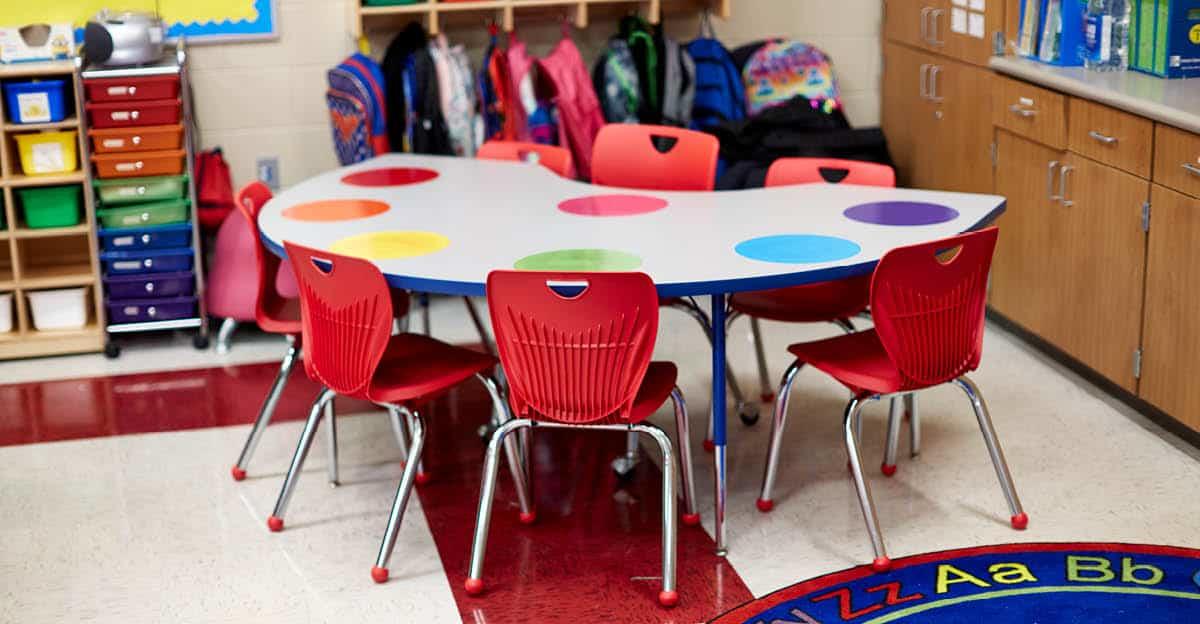

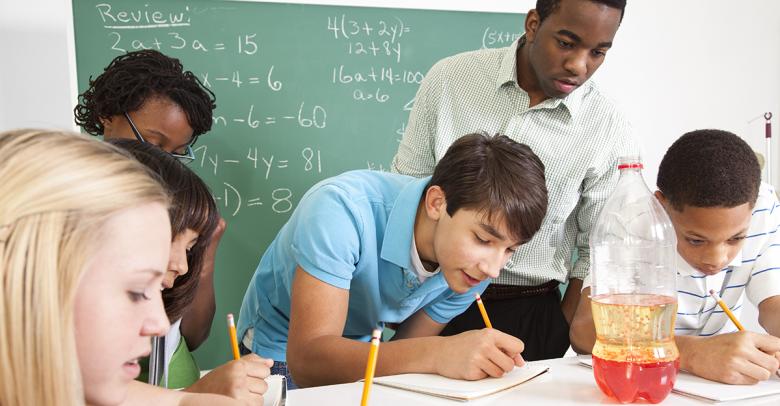
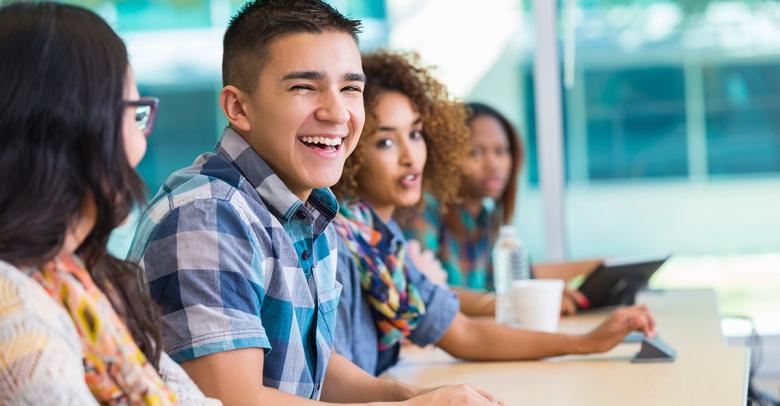
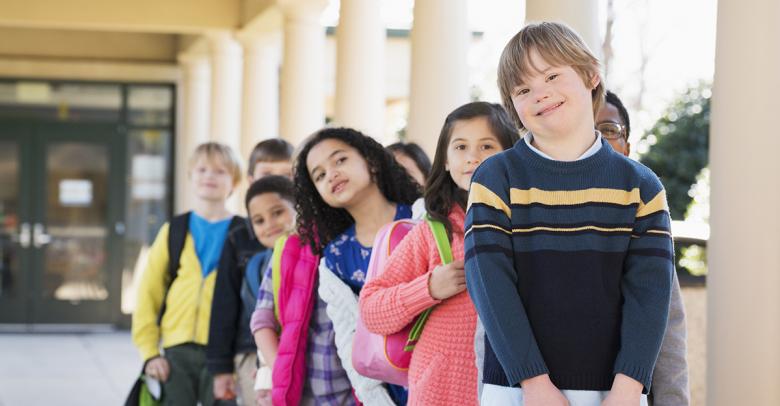
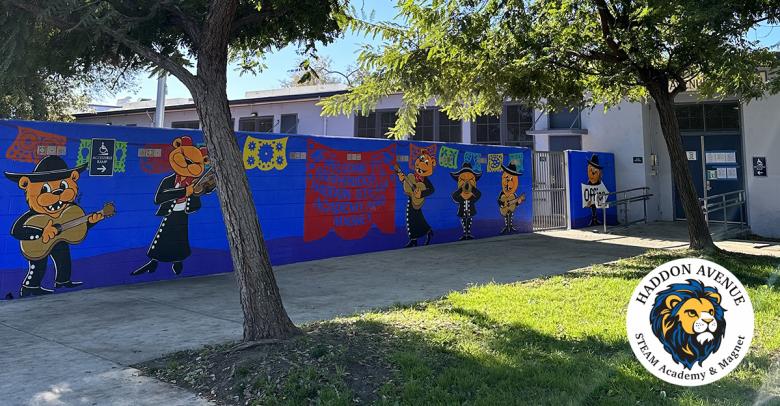
Leave a Reply